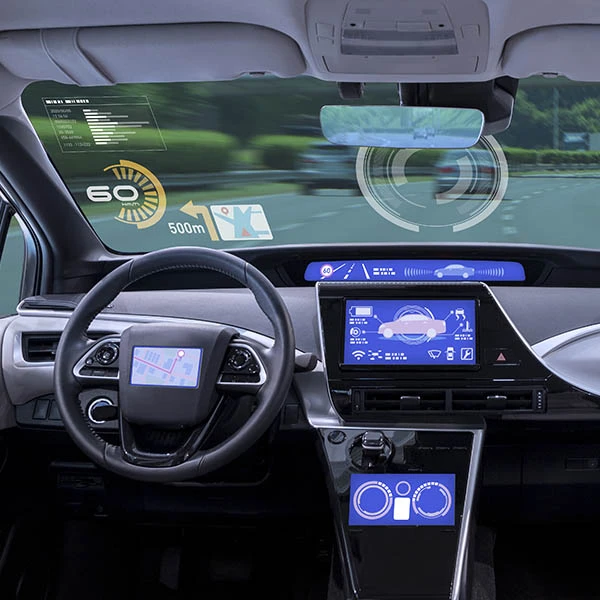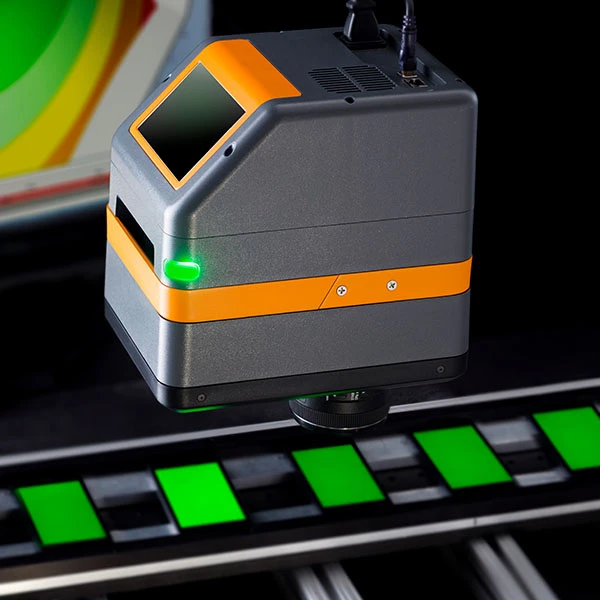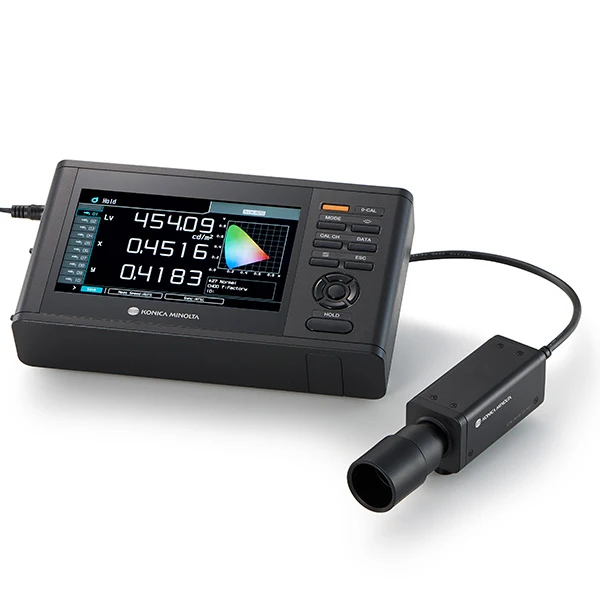Digital Dashboard – Characterization of Digital Instrument Cluster Display

The automotive market is witnessing a progression from analog instrument clusters to full digital displays. The all-digital dashboard was previously more popular among luxury car brands. But with the gradual decrease in design and component cost, several affordable car models are given the advantage to employ the all-digital dashboard to enhance their competitive advantage.
Digital dashboard has become the central Human Machine Interface (HMI) for vehicle operation (aside from the steering wheel and pedals). It offers an enhanced graphical interface and digital information provided through its digital display. The benefit of introducing the all-digital dashboard is its customizable information display, and drivers can switch the information display according to their needs. A conventional instrument cluster provides information about the vehicle, such as engine status and performance, speed, fuel level, mileage, and safety alerts such as open doors and unbuckled seat belts. Using a larger and more flexible display panel in an all-digital dashboard enables the inclusion of content such as drive mode, navigation instructions, hybrid battery efficiency, and parking view.
As the demand for electric vehicles increases, the integration of new technologies in electric vehicles is also expected to drive the demand for digital dashboard, or commonly known as digital instrument cluster displays (ICD).
Optical Parameters of ICD
Currently, most of the display panels used in these ICDs are TFT LCDs, whereas the use of OLED panels are emerging due to its free-form factor advantage. The visibility of digital information on display is critical to safeguard a comfortable and safe ride. As compared to consumer electronics displays, automotive displays have unique requirements in terms of optical performance, including their longevity in the harsh environment, to ensure imperfections do not impede user control. Some optical performance parameters are listed below:
- Luminance and Color Shift
- Color Gamut
- Gamma
- Flicker
- Luminance and Color Uniformity
- Contrast Ratio
Other common display image quality and defect analysis/inspection:
- Black Mura or Blog Analysis
- Pixel/Particle and Line Defects
- DFF Image Sticking Analysis
- Anti-Glare Sparkle (pixel-level luminance variation)
Selecting The Measurement System For ICD
With the emergence of Digital Dashboard or Digital ICD, it is becoming increasingly important to be able to measure the performance of these digital displays in accurate and meaningful ways. The selection of the appropriate measurement option largely depends on the intended purpose of the measurement and the performance metrics required. For example:
- For product development – enable advanced measurement to characterize or evaluate finished products.
- For inline or offline quality control – to reduce human errors due to visual evaluation and improve operating efficiency
The predefined interfaces, communication protocols, and data formats must be taken into account. Other critical considerations include measurement time, accuracy, and cost.
Luminance, color, and contrast measurement have traditionally been performed with filtered spot colorimeters or spectroradiometers. The homogeneity of luminance, color, and contrast of a display is usually determined by point measurement at a minimum of 9 locations. As for view angle performance, it is usually measured using a goniometer. With these measurement solutions, the main shortcoming is that multiple sequential measurements are required to sample a significant portion of the display panel, which results in long measurement and data acquisition times.
Conversely, the use of imaging photometer/colorimeter provides accurate and spatially resolved measurements of luminance, color, and contrast. It can obtain the data of the entire image of a display under test in a single measurement. It also allows the implementation of other image processing techniques like Mura, Sparkle, and defect detection that is not possible using a spot type instrument.
However, a filtered spot colorimeter could have its advantages over imaging colorimeter when the measurement of display gamma and flicker are concerned. Such measurements require very fast measurement speed (in msec), which is not possible with an imaging colorimeter. Because of its fast measurement speed, filtered spot colorimeter is also ideal for both manual and fully automatic adjustment or correction applications.
Radiant Vision System, a Konica Minolta company, offers the CCD-based and high-resolution ProMetric® Imaging colorimeters/photometers designed to make precise and spatial measurements of luminance and chromaticity. Calibrated to replicate the human photopic response to brightness and color, these systems can be used to design and qualify display devices like how they will be visually experienced by human users.
Together with automated analysis software from Radiant’s TrueTest platform, the ProMetric Imaging Colorimeters/Photometers provide a complete measurement solution for the characterization of display used in digital instrument clusters, center stacks, Camera Monitoring Systems (CMS) and Head-up Displays (HUD).
Nevertheless, no single technology is best for all measurement needs. Basically, when human visual perception is the quality standard, CCD imaging colorimeters/photometers are the optimal solution. CCD imaging colorimeters/photometers are ideal at applications that involve the following:
- Measuring luminance and color uniformity
- Identifying defects (pixel and line defects)
- Rapid collection of multiple data points
- Determining dimensions, distortion, and focus quality
- Performing advanced analysis such as Image Sticking, Mura, Sparkle, Light Leakage, etc.

Konica Minolta offers a range of display measurement instruments such as color analyzers, spectroradiometers, colorimeters, and luminance meters for display characterization and evaluation needs. They can provide a fast and simple measurement of display performance such as luminance, chromaticity (color), uniformity, contrast ratio, color gamut, gamma, and flicker.
Radiant Vision Systems and Konica Minolta have a product lineup that is complementary to each other. Radiant has focused on fast and high-resolution 2D display measurement for both inline and offline applications, while accurate and traceable color measurement is a specialty of Konica Minolta.
For some applications, a high accuracy spectroradiometer or filtered colorimeter can be combined with a ProMetric camera when a complete display measurement solution is required. For example, the Konica Minolta Spectroradiometer CS-2000 and Display Color Analyzer CA-410 can be easily integrated into the Radiant solution. While CS-2000 provides high accuracy measurement, CA-410 is widely used for gamma adjustment and/or flicker measurement in the display industry. The integration of these instruments makes Radiant solution even more comprehensive.
To learn more about the Radiant Automated Visual Inspection for Automotive Flat Panel Displays, you can download the presentation notes or spec sheet for more information.
Alternatively, you can also contact us for a free consultation or product demonstration.

